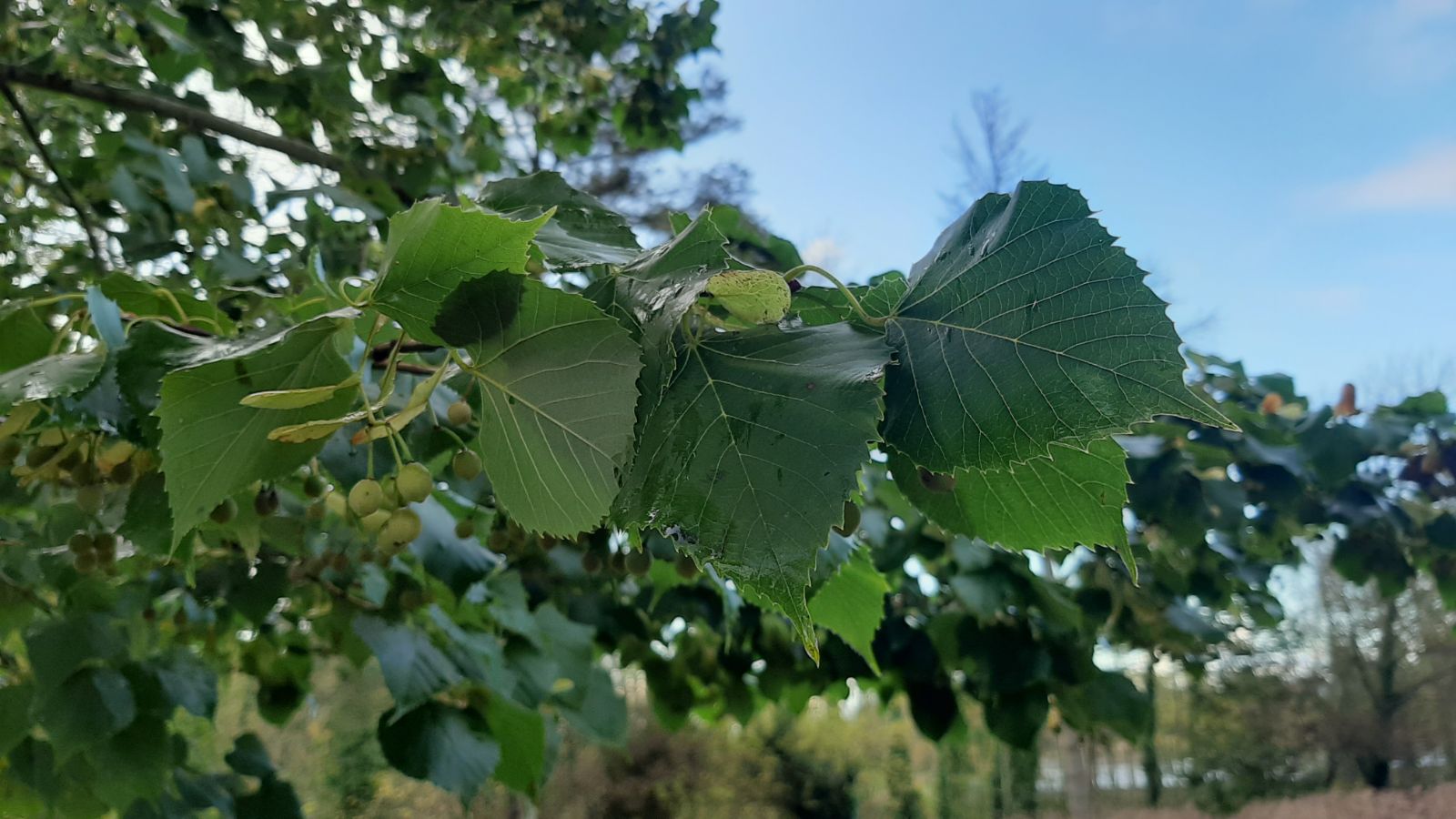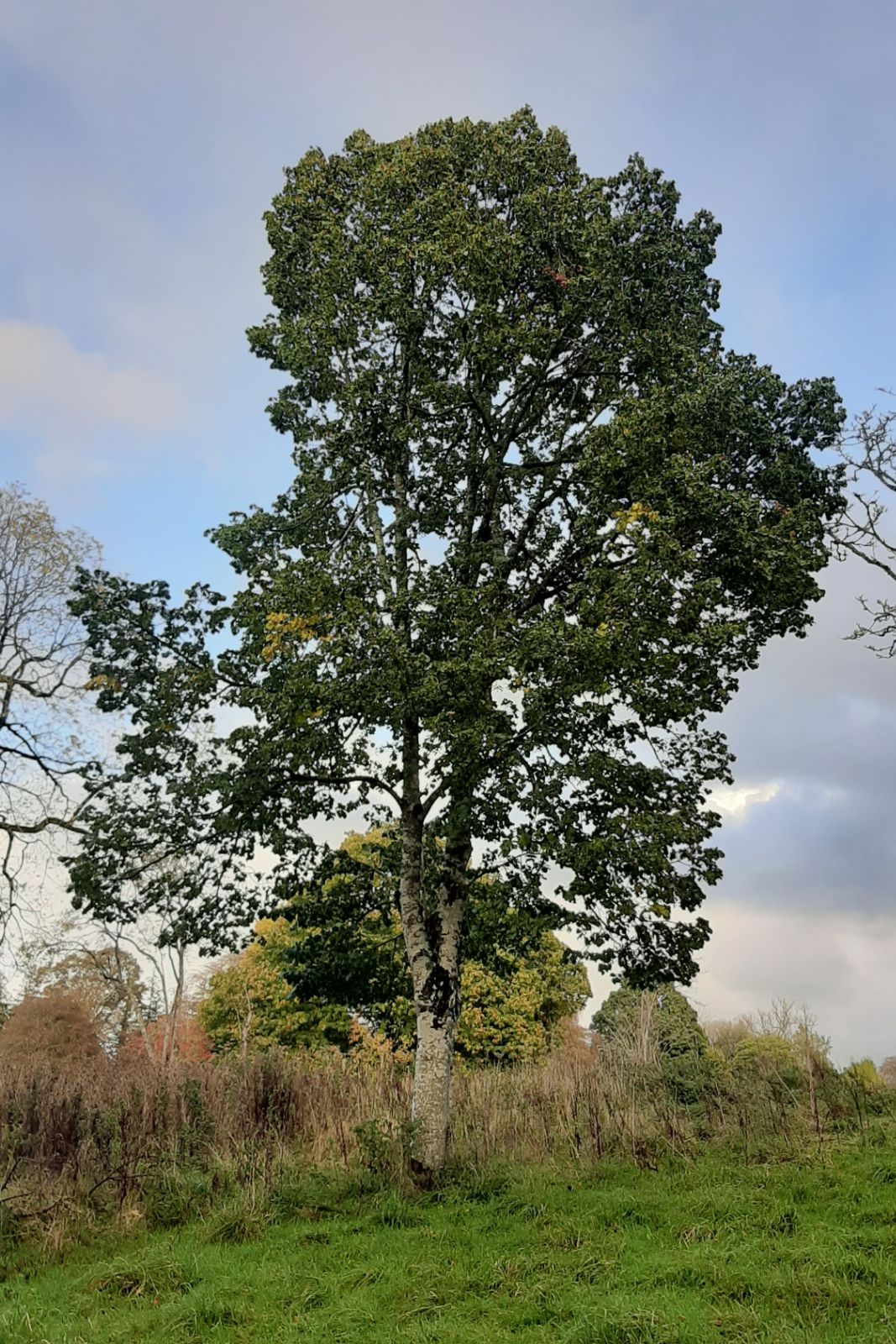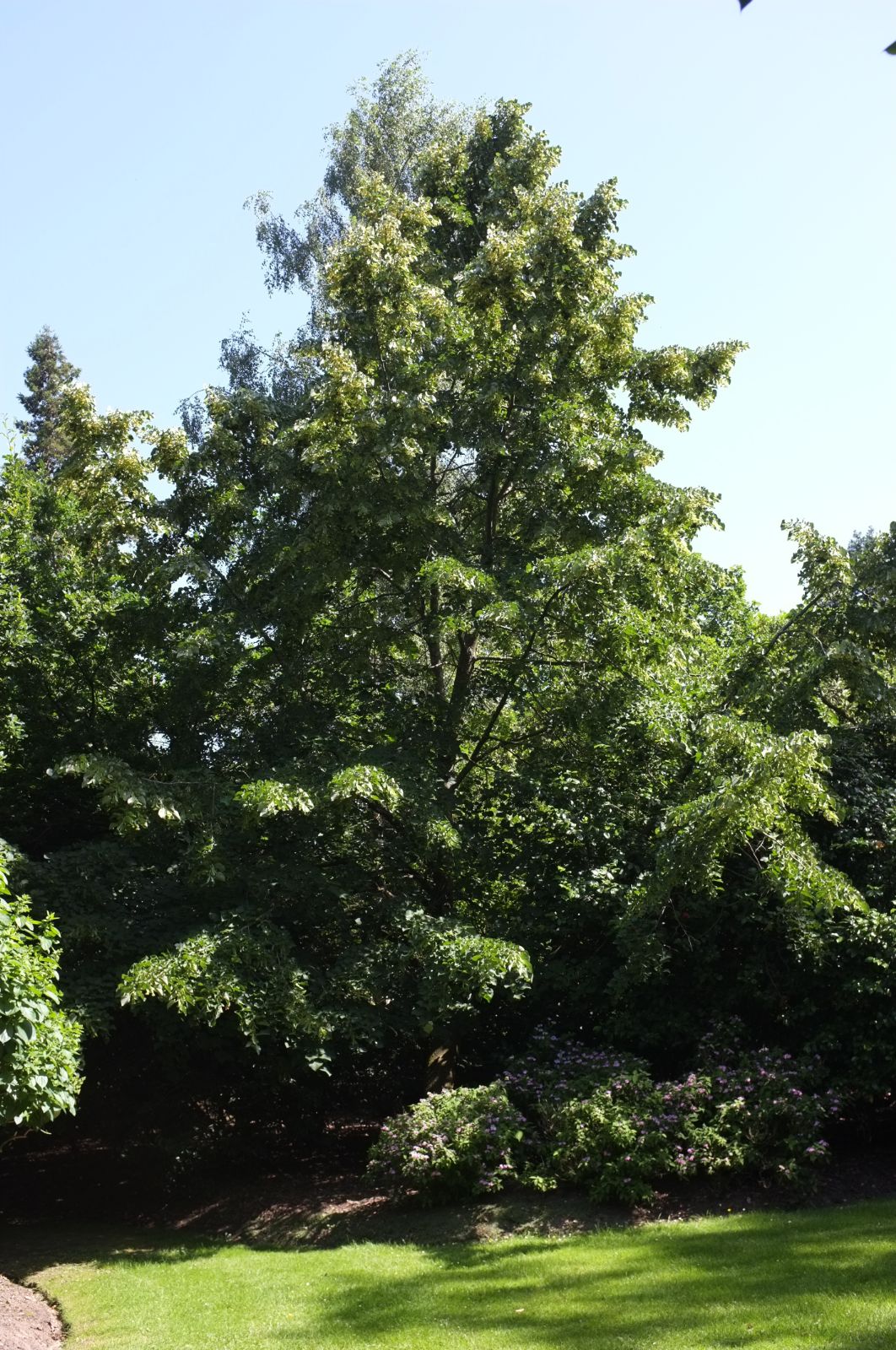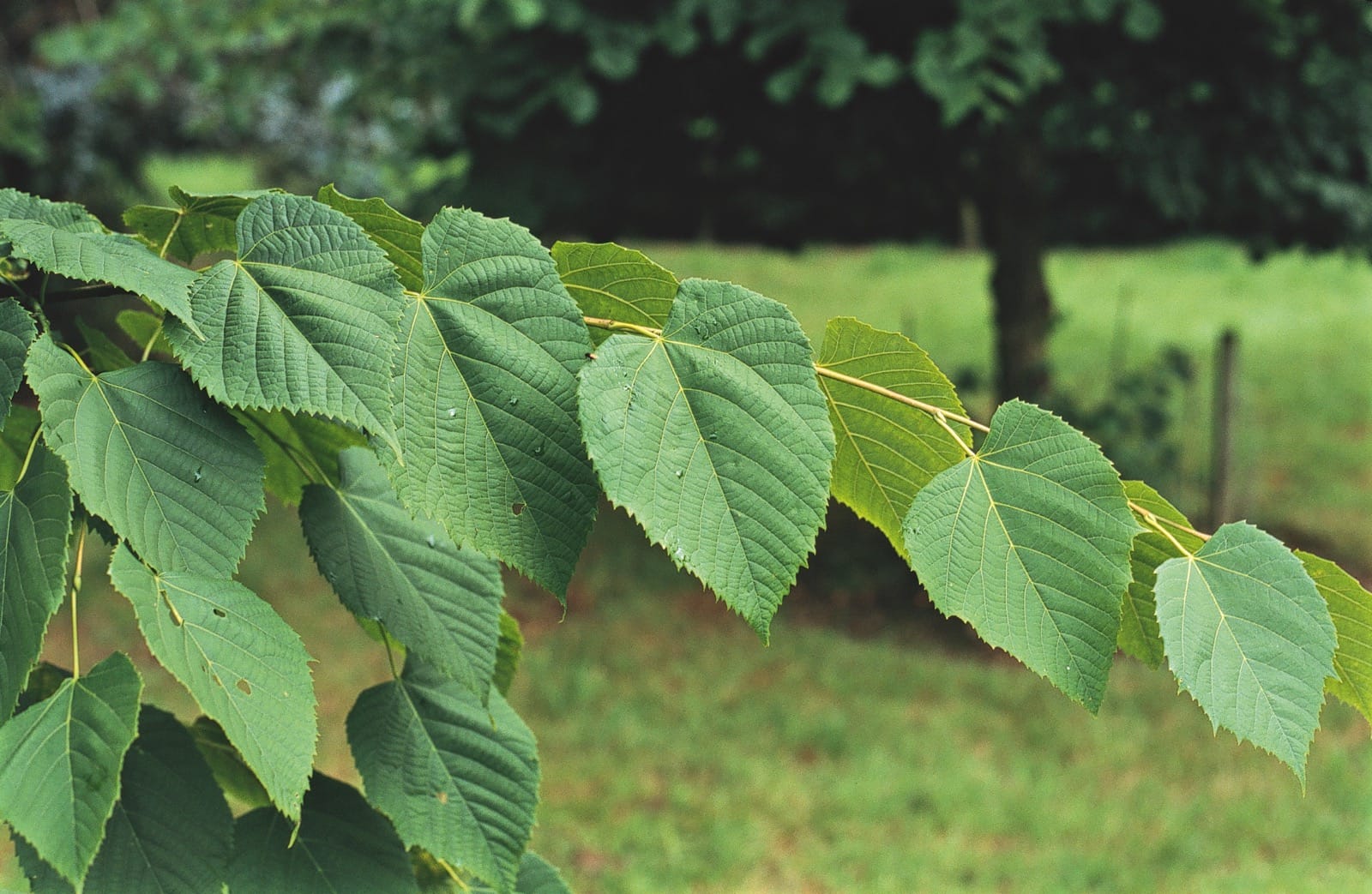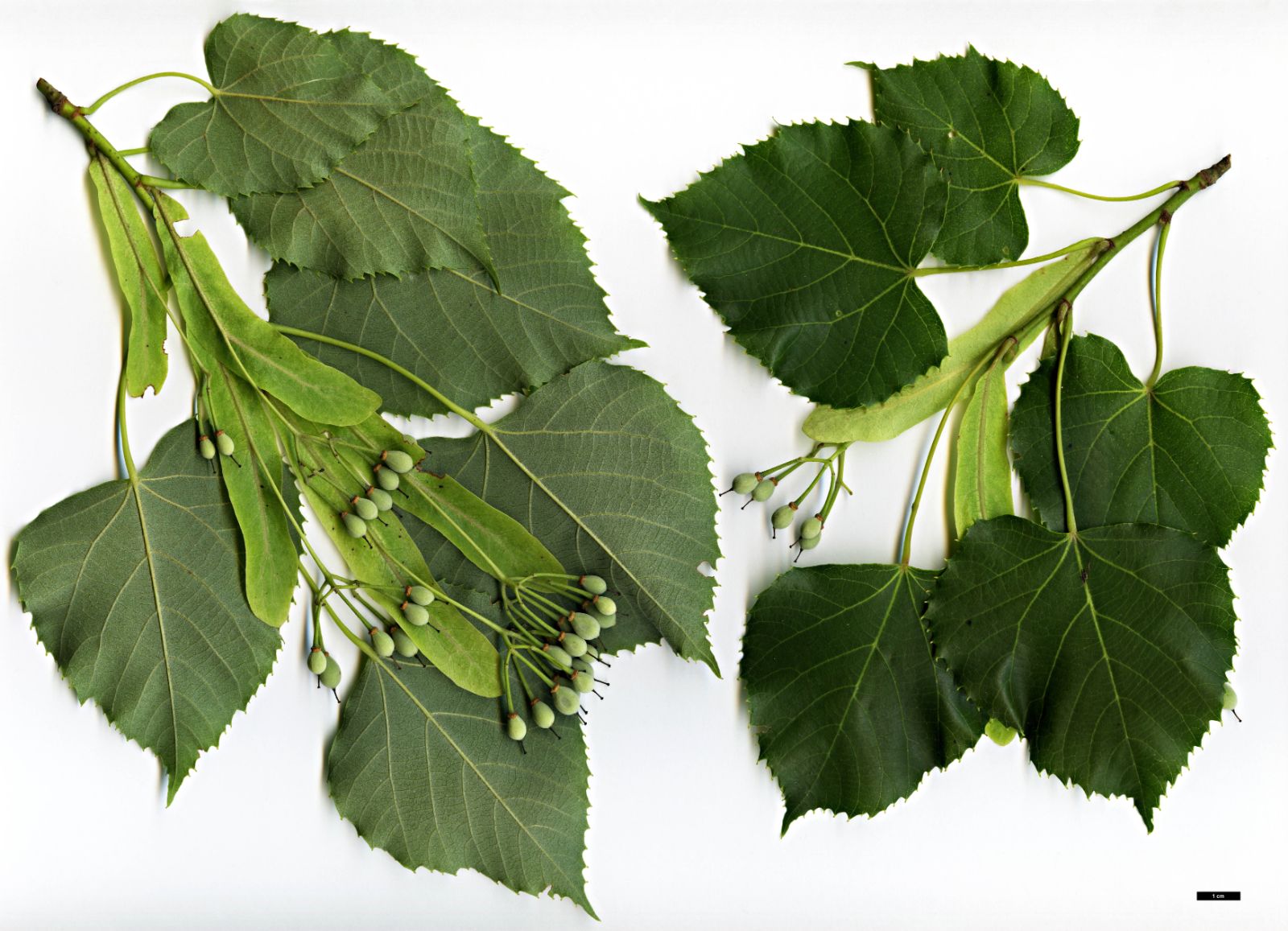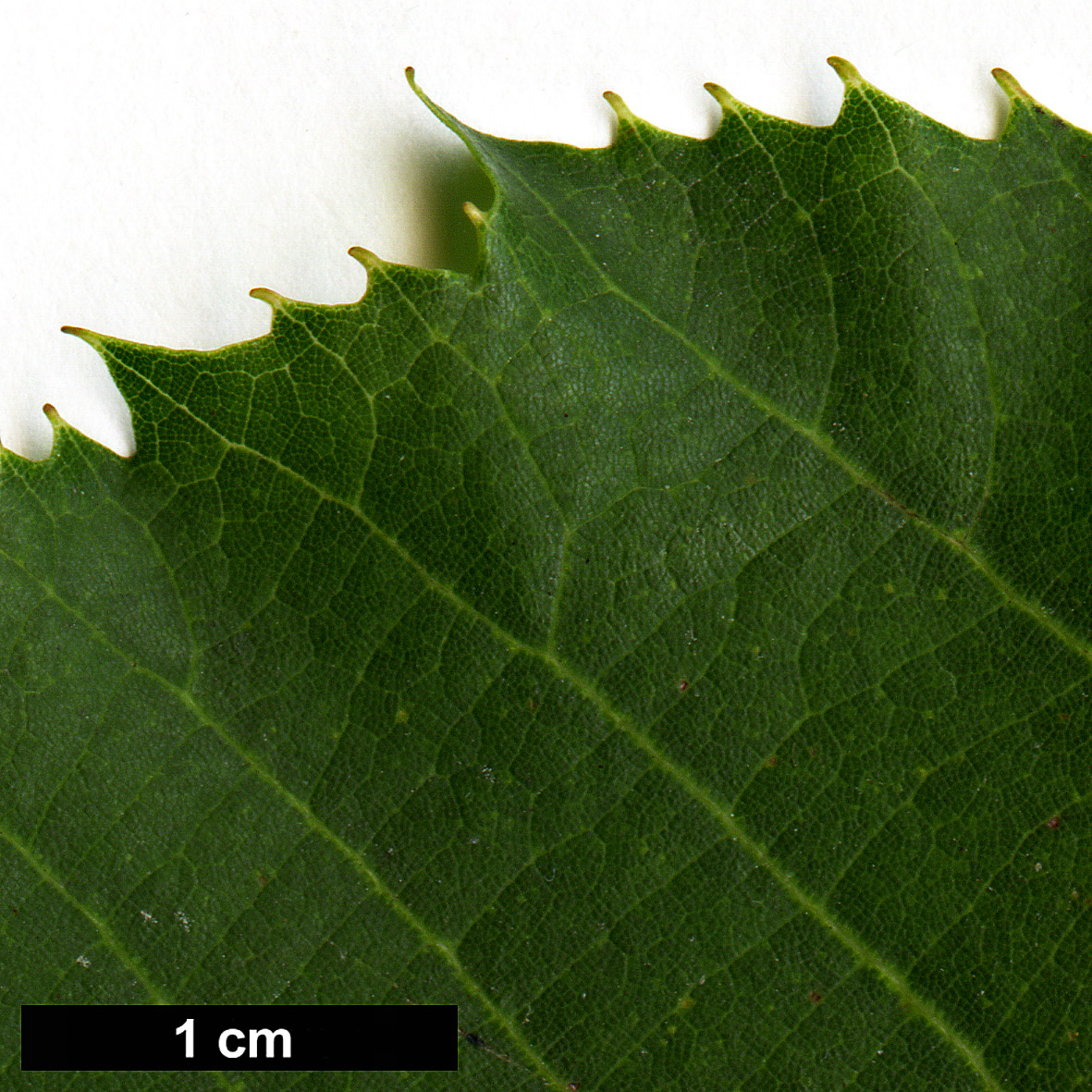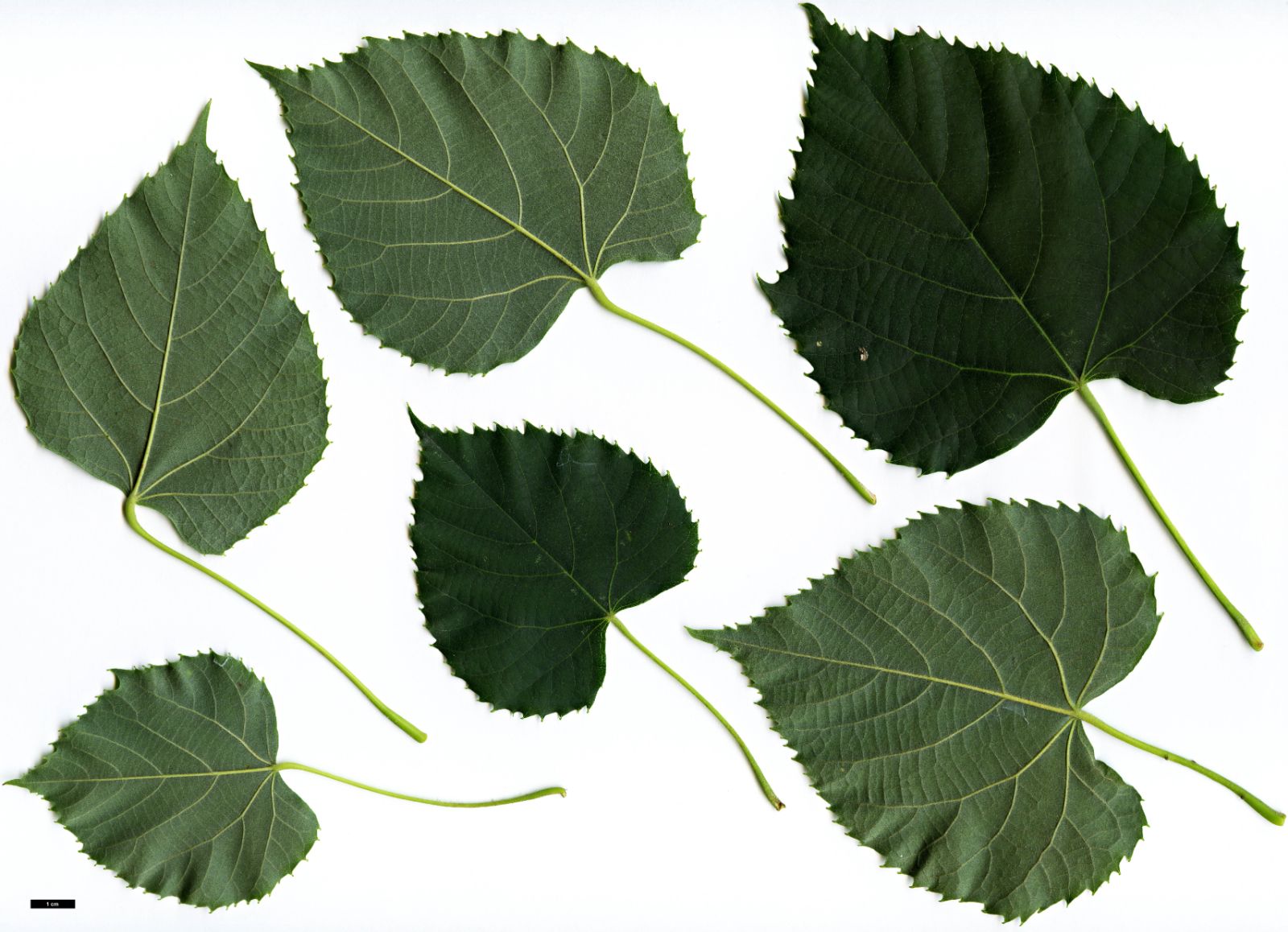Tilia chingiana
Sponsor
Kindly sponsored by
a member of the International Dendrology Society
Credits
Owen Johnson & Julian Sutton (2020)
Recommended citation
Johnson, O. & Sutton, J. (2020), 'Tilia chingiana' from the website Trees and Shrubs Online (treesandshrubsonline.
Genus
Synonyms
- Tilia breviradiata (Rehder) Hu & W.C. Cheng
Other taxa in genus
- Tilia americana
- Tilia amurensis
- Tilia callidonta
- Tilia chinensis
- Tilia concinna
- Tilia cordata
- Tilia dasystyla
- Tilia endochrysea
- Tilia × euchlora
- Tilia × europaea
- Tilia × flaccida
- Tilia × flavescens
- Tilia Hanwell Hybrids
- Tilia 'Harold Hillier'
- Tilia 'Harvest Gold'
- Tilia × haynaldiana
- Tilia henryana
- Tilia japonica
- Tilia × juranyana
- Tilia kiusiana
- Tilia mandshurica
- Tilia maximowicziana
- Tilia miqueliana
- Tilia mongolica
- Tilia nobilis
- Tilia × noziricola
- Tilia oliveri
- Tilia paucicostata
- Tilia platyphyllos
- Tilia tomentosa
- Tilia tuan
- Tilia 'Westonbirt Dainty'
Small tree, to 15 m. Bark brownish-grey, with flat-topped ridges in maturity. Twigs slender (1.4–3 mm thick), dark green or red, glabrescent. Buds 5–8 mm long, with 3 visible scales and patches of stellate hair. Leaves 50–110 × 40–85 mm, broadly ovate; upper surface mid-green with a dull shine and variably sparse stellate hairs, lower surface grey-green with a cover of stellate hairs most of which have 8 arms; base often almost symmetrically cordate; margins with triangular teeth tipped by mucros 0.3–0.9 mm long. Floral bracts short, 60–90 × 11–22 mm, oblanceolate, very short-stalked or sessile; both surfaces with some stellate hairs. Inflorescence drooping, with 8–14 small flowers 8–10 mm wide; staminodes present. Fruit 9–11 × 7–9 mm, often obovate, mamillate, with a thick woody wall (Tang et al. 2007; Pigott 2012).
Distribution China Anhui, Jiangsu, Jiangxi, Zhejiang
Habitat Mountain forests
USDA Hardiness Zone 7-8
RHS Hardiness Rating H5
Conservation status Least concern (LC)
The eastern Chinese Tilia chingiana is not well known in gardens. A member of Section Astrophylira, the covering of evenly spaced stellate hairs under the leaves is not dense enough to form a grey or silver felt; the leaves can sometimes achieve huge size on vigorous young shoots. It seems to be hardy and easy to grow in the British Isles, and will flower in late July and early August, thus continuing the season into later summer (Grimshaw & Bayton 2009). The specific name commemorates the botanist Ching Ren-Chang, an expert on Chinese ferns, who collected the type specimen in Anhui, in 1925.
T. chingiana appears similar to T. tuan, and even in an era when taxonomic splitting was the norm in Tilia, Rehder & Wilson (1927) treated it as a variety of that variable species. Pigott (2012) considers the following ‘relatively consistent’ features distinguish T. chingiana: leaf base almost symmetric, apex gradually narrowed to a long acumen (asymmetric, short abrupt acumen in T. tuan); leaf margin with acute, triangular teeth (teeth much reduced or almost absent in T. tuan); shorter, elliptical bracts (oblanceolate in T. tuan).
Seed collected on Lushan (Mt Lu), Jiangxi was received in Ireland as long ago as 1938 by Lord Rosse. Three specimens grown from this seed persist at Birr Castle, Co. Offaly, the largest of which had reached at 13 m, dbh 38 cm by 2014 (Tree Register 2018). Trees derived from this introduction are also found elsewhere – a 1981 planting at the Hillier Gardens, for example, was 14 m, dbh 30 cm by 2017 (Tree Register 2018) – and are the source of material recently distributed commercially in the United Kingdom and Europe (D. Pigott, pers. comm. to J. Grimshaw 2005). In the much cooler climate of Crathes Castle, Aberdeenshire, a younger tree has failed to establish apical dominance, forming a parasol shape only 3 m high (Tree Register 2018). The species was reintroduced by Donald and Sheila Pigott, also from Lushan, in 1996.
In Belgium there is an attractive younger specimen at the Arboretum Wespelaar, and several (the oldest from a 1992 accession) at the Arboretum Bokrijk (Arboretum Wespelaar 2020, Plantcol 2020). Very rare in North American collections, there are several examples of 1990s garden origin in the David C. Lam Asian Garden, Vancouver (University of British Columbia 2020).
Tilia × cinerascens (Rehd. & Wilson) Pigott, the natural hybrid between T. chingiana and T. oliveri, must be at least as attractive as an ornamental prospect in Britain, but has probably not yet been introduced.

